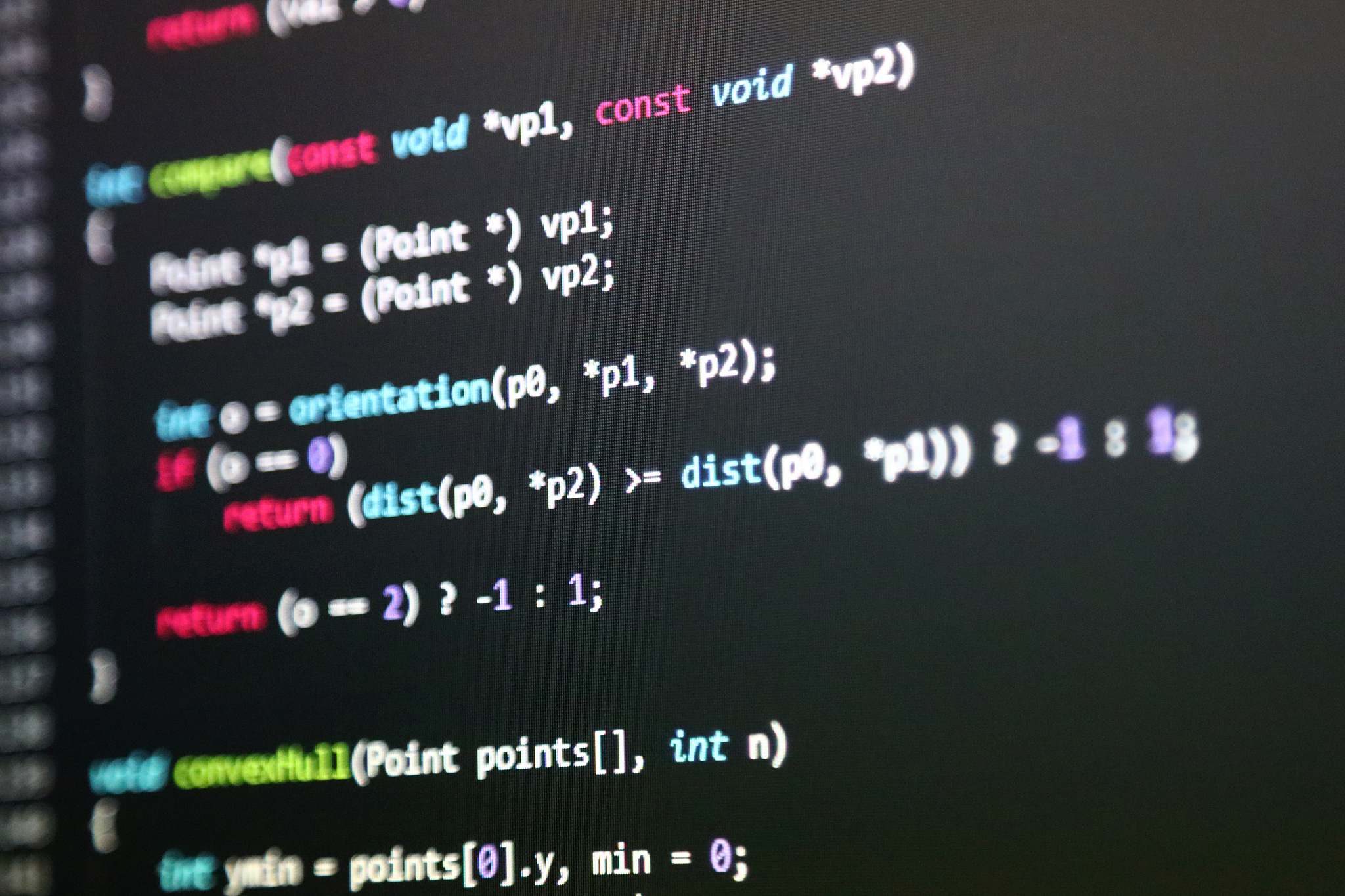python示例
以下是一些Python示例:
- 打印“Hello World”:
print("Hello World")
- 计算两个数的和:
num1 = 10
num2 = 20
sum = num1 + num2
print("The sum of {0} and {1} is {2}".format(num1, num2, sum))
- 判断一个数是奇数还是偶数:
num = 7
if num % 2 == 0:
print("{0} is even".format(num))
else:
print("{0} is odd".format(num))
- 计算一个数的阶乘:
num = 5
factorial = 1
if num < 0:
print("Sorry, factorial does not exist for negative numbers.")
elif num == 0:
print("The factorial of 0 is 1")
else:
for i in range(1, num + 1):
factorial = factorial * i
print("The factorial of {0} is {1}".format(num, factorial))
- 使用函数实现斐波那契数列:
def fibonacci(n):
if n <= 0:
print("Incorrect input")
elif n == 1:
return 0
elif n == 2:
return 1
else:
return fibonacci(n-1) + fibonacci(n-2)
print(fibonacci(10))

原文地址: https://www.cveoy.top/t/topic/yEu 著作权归作者所有。请勿转载和采集!